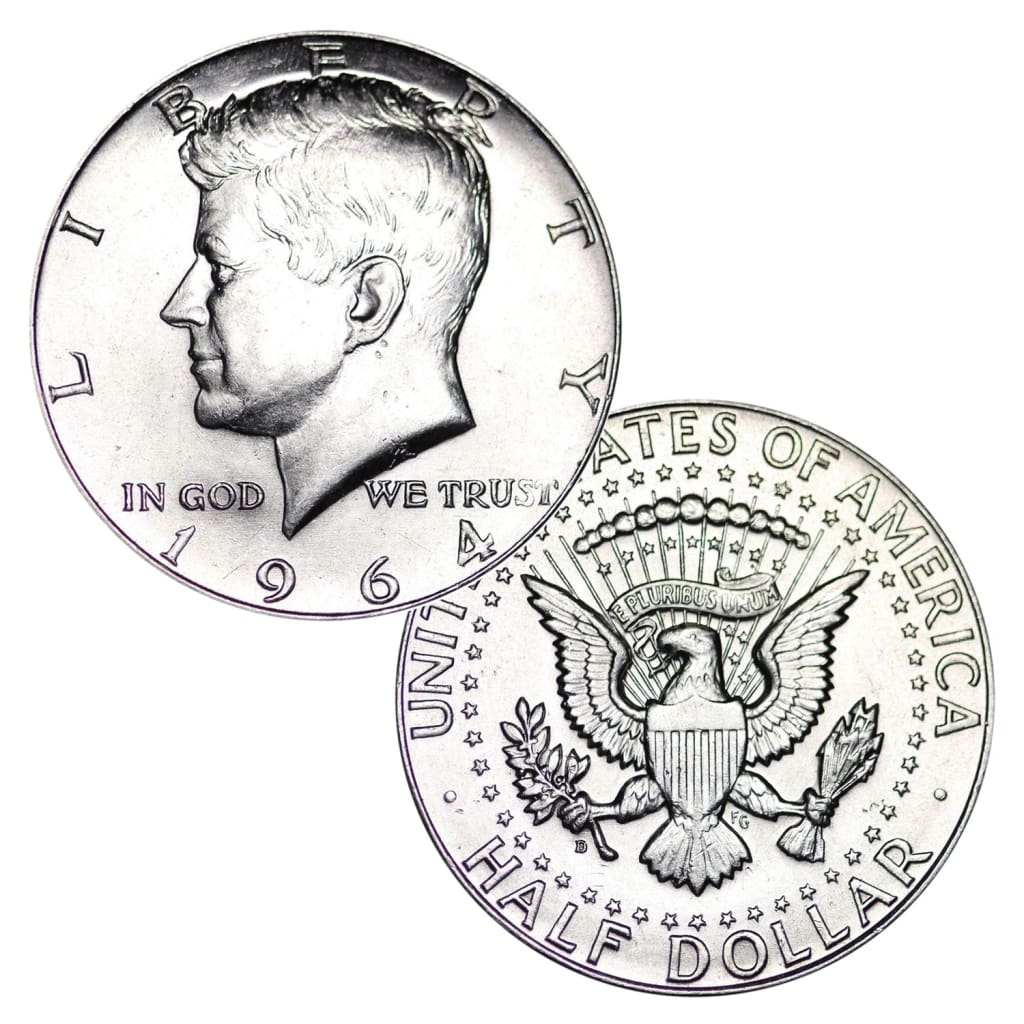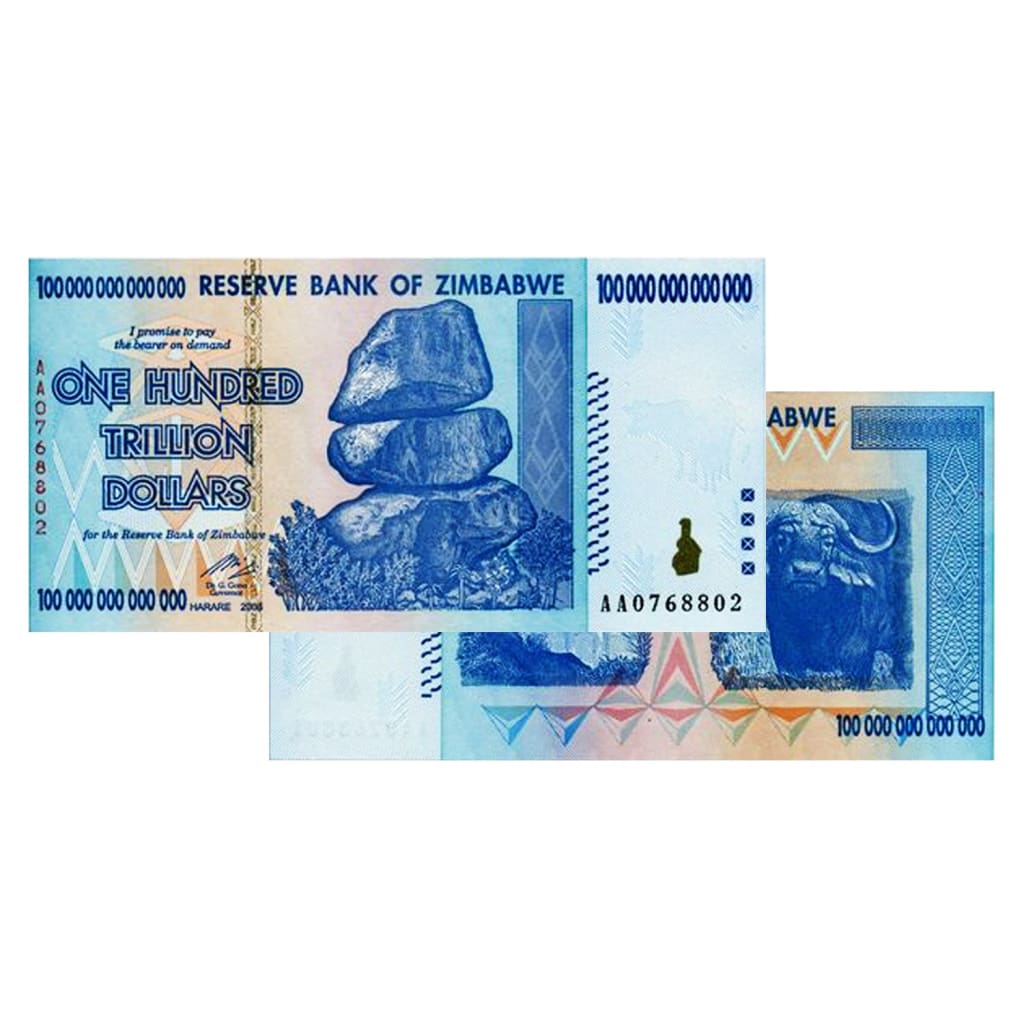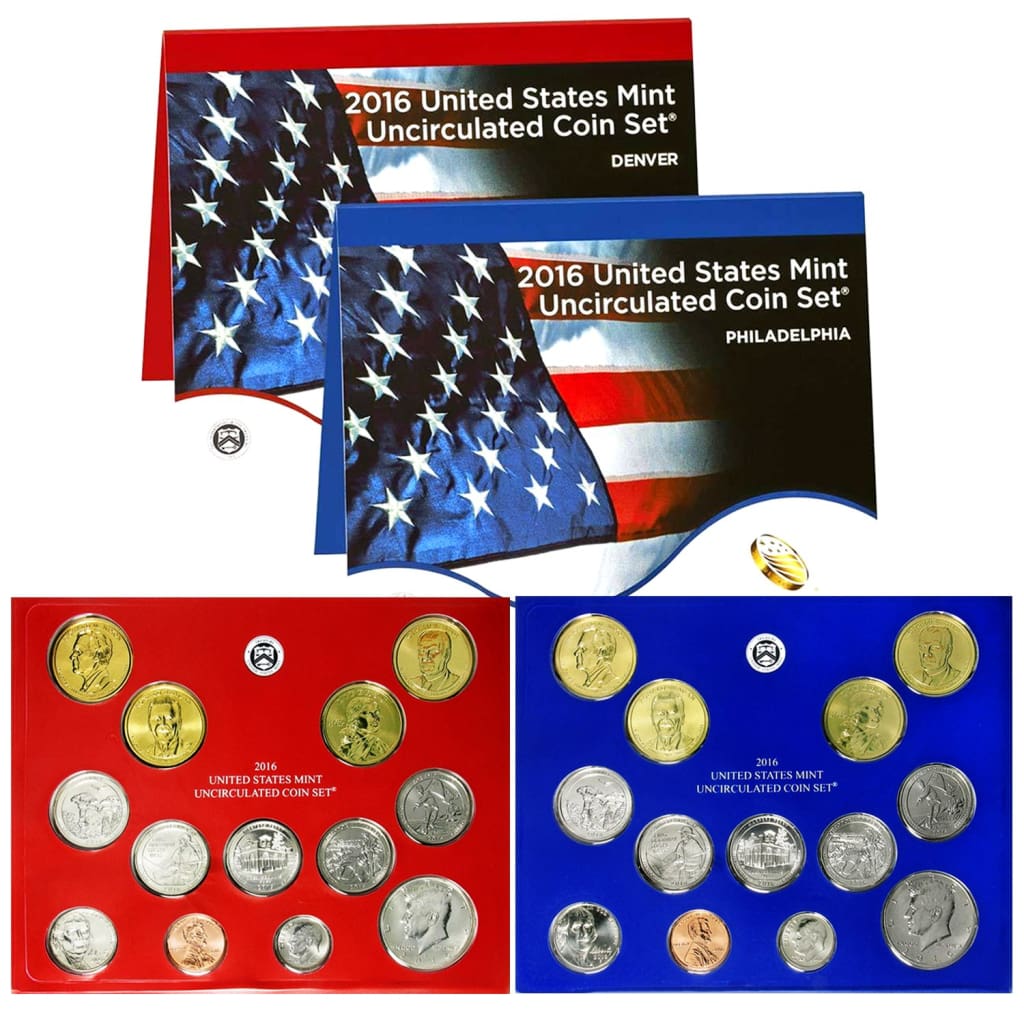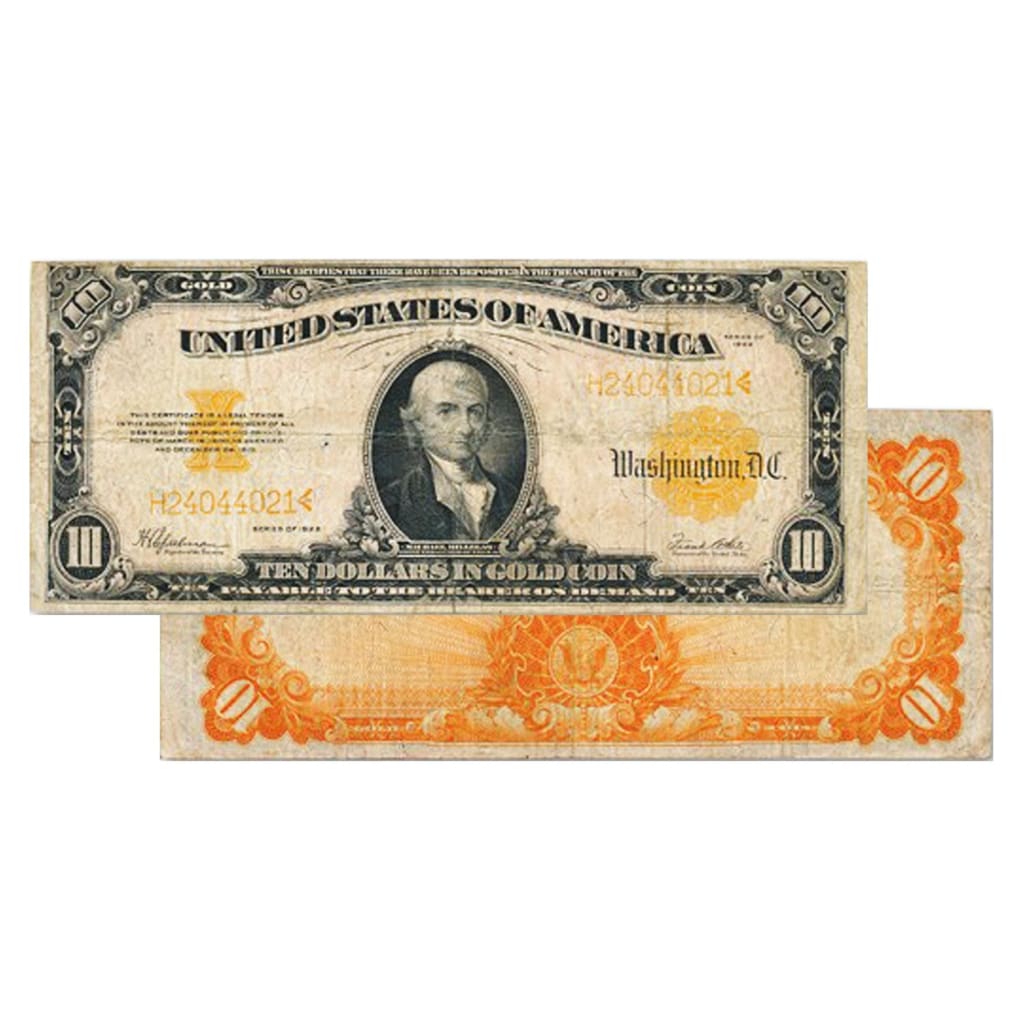Collecting medals can be a hobby with unexpected rewards. Because the number is so large—literally millions of different designs have been made—and the number of collectors is small compared to, for instance, coin collectors, it’s easier to find rare and valuable items at bargain prices. If you know what to look for and where to find it.
Here are some tips to get you started.
Know the Lingo
A collector, engraver, or designer of medals is known as a medalist. (They use two “L”s in British spelling--medallist.) The term is also used to describe a person who has won a medal, but they’re harder to collect.
Medals differ from coins in that coins are actual money issued by governments and have a monetary value imprinted on them. Medals, while they may still be issued by government mints, are commemorative items with no monetary value.
Most medals are similar in size, shape, and appearance to coins and are produced using similar processes. And while some government mints issue commemorative medals they call “coins,” they’re still medals unless they have a value on them.
When medals are larger than about three inches in diameter, they’re called medallions. Under an inch, they’re called medalets.
When they’re square or rectangular, they’re called plaques. Small plaques may be called plaquettes. Over about 18 inches, they become tablets and are rarely collected except by historians and persons in togas descending from mountaintops.
A token, on the other hand, may have some monetary or trade value, but is not issued by a government as currency or as a commemorative item. They might be currency substitutes—subway and bus tokens, for instance—or issued by businesses to promote sales.
Know the Market
The medal marketplace is similar to the coin and currency market, but there are important differences, too. First, there are fewer dealers, and even fewer experts. Take the time to learn who they are and only deal with informed sources on expensive items. On the other hand, since fewer people know the real value of medals, you might find some bargains at estate sales, flea markets, and online.
Second, since most medals aren’t meant for circulation, condition isn’t as big an issue as with coins. Most medals are in at least uncirculated condition, even if they are old. Subject matter, famous designers, and overall artistic beauty rate highest, assuming the condition isn’t bad.
Third, prices aren’t as established as in the coin market. Medal prices do reflect supply and demand along with rarity and condition, but unlike coins, there are no published price guides to go by. Some specific medals and medal collections are accepted for grading by the Numismatic Guaranty Company (NGC) and the Professional Coin Grading Service (PCGS). They list population estimates but do not offer price guides, but if the medal has sold at auction, those results are listed.
How Do I Start a Medal Collection?
Given the number and types of medals out there, it’s best to start with a topic. It can be as broad as US presidential medals or as narrow as medals specific to one person, state, or city. You can also collect by subject matter—sports, aviation, military, for instance.
You might choose several categories to see what most interests you. Then, if you hone in on a specific type, you can trade or sell your others to build that collection. The choice is dictated by your own interests and budget.
Fortunately, most medals are less expensive than coins, especially rare ones, so building a nice collection doesn’t require a big bank account. At least until you get into rare items.
Why Collect Medals?
Medals are a great way to explore history and culture. They make excellent collections that are easily displayed both as decorative pieces and conversation starters. And as you become a more experienced collector, you may find a few diamonds in the rough.
For more information about collecting medals, visit the Medal Collectors of America website.





